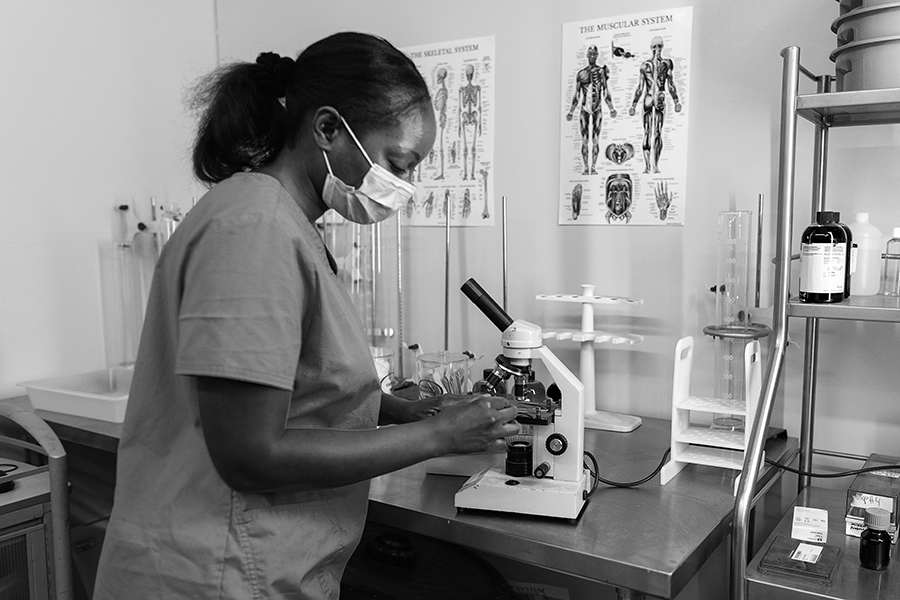In a sector where outdated practices are a matter of life or death, providers need to value their buildings in a way that recognises health technology.
Originally published June 2021.
If 2020 taught us one thing, it’s that global healthcare capacity is critically low and one factor essential to its effective delivery is constantly overlooked – real estate.
Pre-pandemic, 80% of UK healthcare was delivered in primary care environments. However, it is reported that 50% of GP practices have seen no investment in their premises in the last decade. More than 15.4 million general practice appointments are being wasted each year as patients fail to turn up, adding up to 1.2 million GP hours wasted at a total cost to the NHS of more than £216m. Added to these startling statistics is the news that 502 GP practices have had to close in the UK over the past five years, forcing two million patients to find a new primary healthcare provider.
“It is ridiculous that in this day and age, with all the modern data available, our healthcare system still values a building based on where it is rather than on what it actually does”
It is clear that the current financial model through which primary care facilities are being supplied isn’t working. In fact, the rent reimbursement mechanism that the NHS uses to fund these premises has been in place for more than 70 years, since the NHS was founded in 1948. Despite the advances in healthcare provision during this time, the principle has remained unchanged by any of the 19 consecutive governments since.
A critical oversight in this outdated model is any ability to account for the impact of the buildings’ performance on staff or patient outcomes, despite many studies showing that evidence-based healthcare design results in demonstrated improvements in clinical outcomes, economic performance, productivity and patient satisfaction. As a result, the NHS valuation model does not place a financial value on those buildings that deliver better and more efficient care, such as those featuring digital technology and telehealth facilities.
By deploying advanced telehealth solutions, physicians are expanding their reach – even in the face of quarantine – with the ability to remotely examine and diagnose more patients in a shorter time minimising the number of patients entering medical facilities. Telehealth technology also allows doctors and specialists to spend less time transitioning between patients and, more importantly, the ability to offer out-of-hours care. Telehealth solutions can prevent late arrivals and no-shows, eliminate time needed to travel to the doctor’s office, and improve efficiency in documenting patient information.
“The NHS valuation model does not place a financial value on those buildings that deliver better and more efficient care”
However, the lack of financial value attached to potentially beneficial technology is creating a split incentive problem: GP practices are not incentivised to spend money on technology as it will not be reimbursed via the current NHS model, and landlords are not incentivised to install such technologies as a higher rent cannot be charged. Yet the inclusion of these technologies would improve patient outcomes and staff efficiency, saving the NHS money and providing a clear and immediate return on investment.
It is ridiculous that in this day and age, with all the modern data available, our healthcare system still values a building based on where it is rather than on what it actually does.
And never has this outdated practice been more clearly highlighted than in the recent high-profile Babylon case.
Babylon, which runs a digital-first service called GP at Hand that enables people to access consultations 24/7 on their smartphones, bid for rent reimbursement totalling £400,000 for two London sites. This figure amounted to only 40% of the average cost per patient for which conventional practices in London are reimbursed. However, for the third year in a row, this claim was rejected as the costs of this telehealth service had not been factored into the local district’s financial plan; neither were the sites included in its estates development plan for future funding.
Paul Bate, Babylon’s managing director, spoke of the issue: “Three years on, we’re still in a position where, despite a lot of sound policy and statements publicly about supporting tech firms and supporting innovation, we’re disadvantaged compared to all other practices because we don’t receive the reimbursement. We’re concerned that the message being sent is that a digital-first provider like ourselves can have no guarantee or confidence that they will be reimbursed on a like-for-like basis with other practices.”
This valuation paradox is not a problem unique to healthcare, with industry bodies such as the RICS and Liquid Real Estate Innovation calling for an overhaul to the standard Red Book method of valuation to include more technology-enabled indicators of an asset’s performance in terms of ESG (environmental, social and corporate governance) factors. In a sector such as healthcare, where an update to current practices is quite literally a case of life or death, these emerging valuation principles should be applied as a matter of priority.
If the future of primary healthcare is patient centred and tech driven, then new indicators of a GP surgery’s success need to be incorporated into its valuation so that ‘smart buildings’ able to provide a higher quality of care are accurately rewarded. This will help establish a more satisfactory equilibrium level of remote versus physical consulting in primary care.
The result would be not only improvements in patient satisfaction, staff efficiency and landlord returns, but also a reduction in long-term costs to the NHS as the strain on its struggling hospital infrastructure is relieved. Indeed, if the NHS is serious about building healthcare resilience post covid-19, it must first correctly value the technology in its properties which is best able to provide just that.








